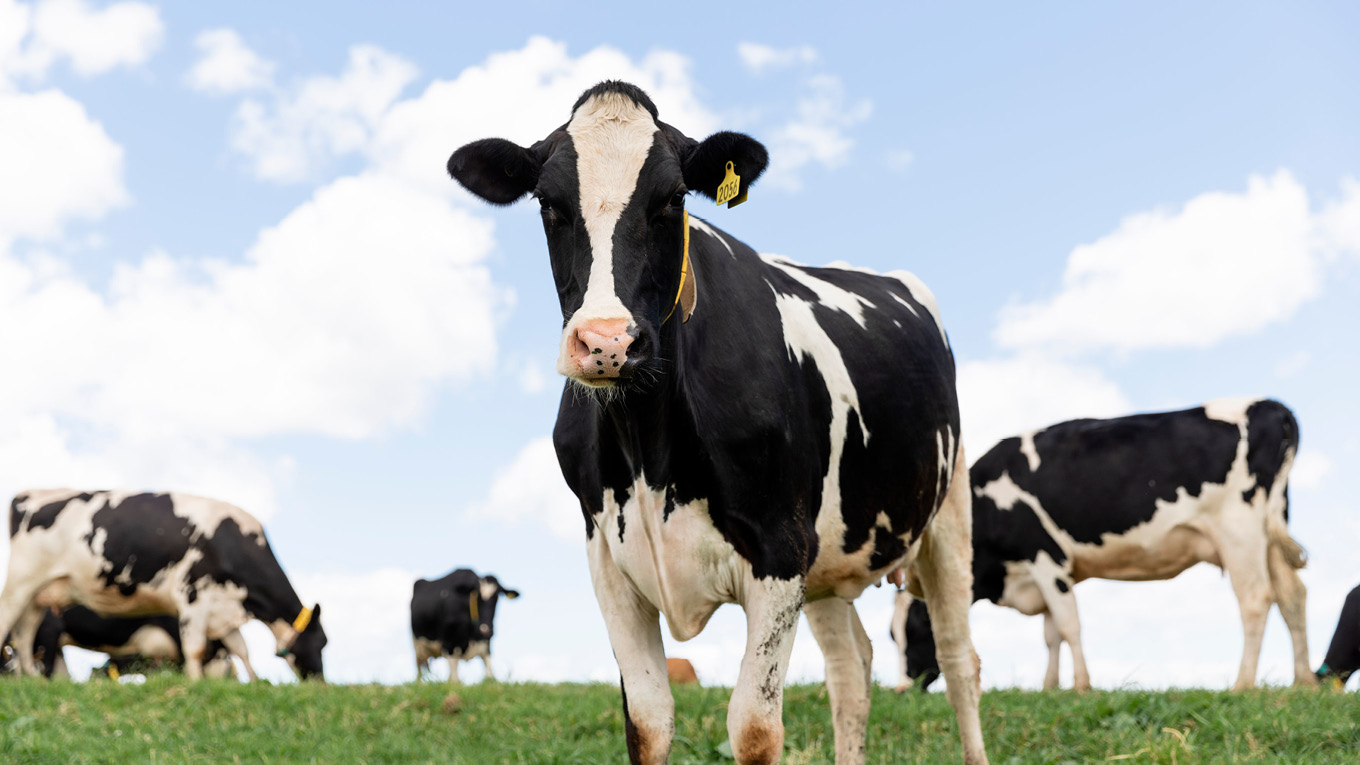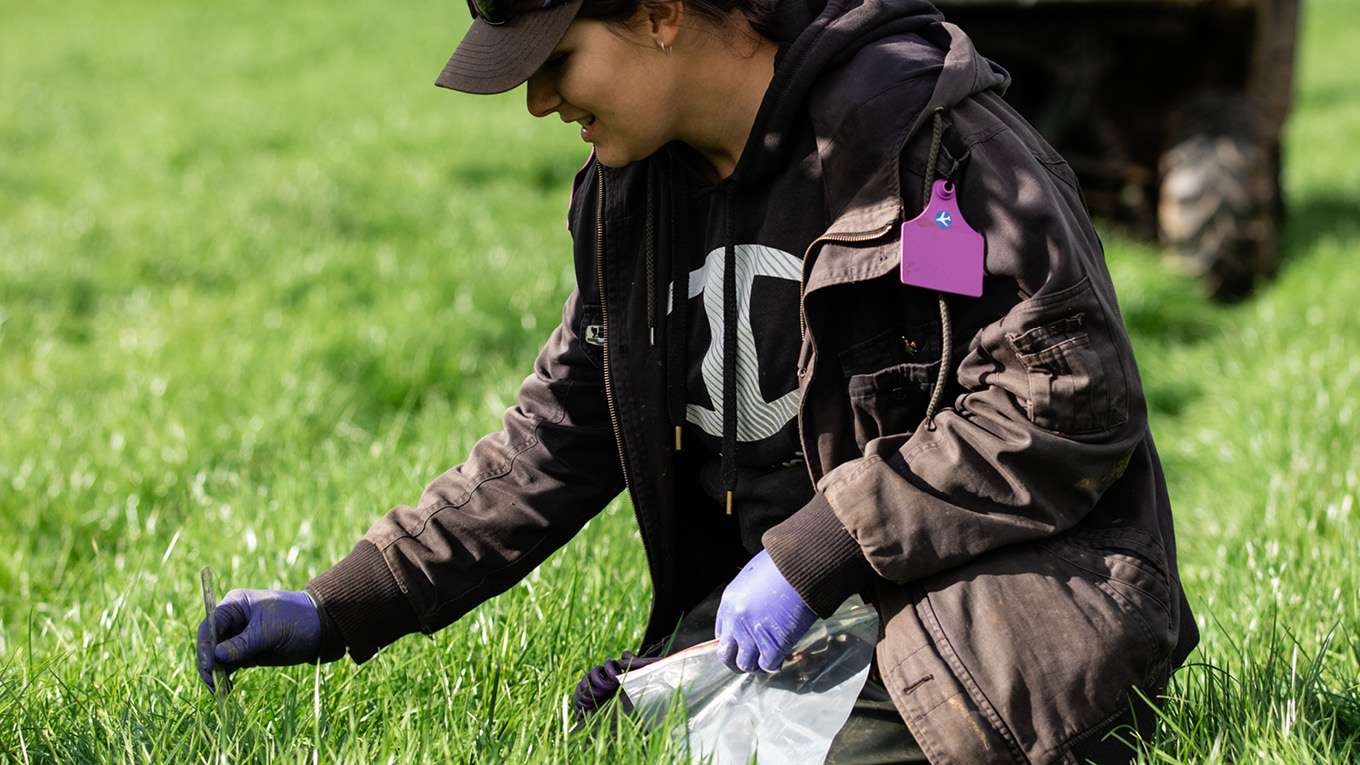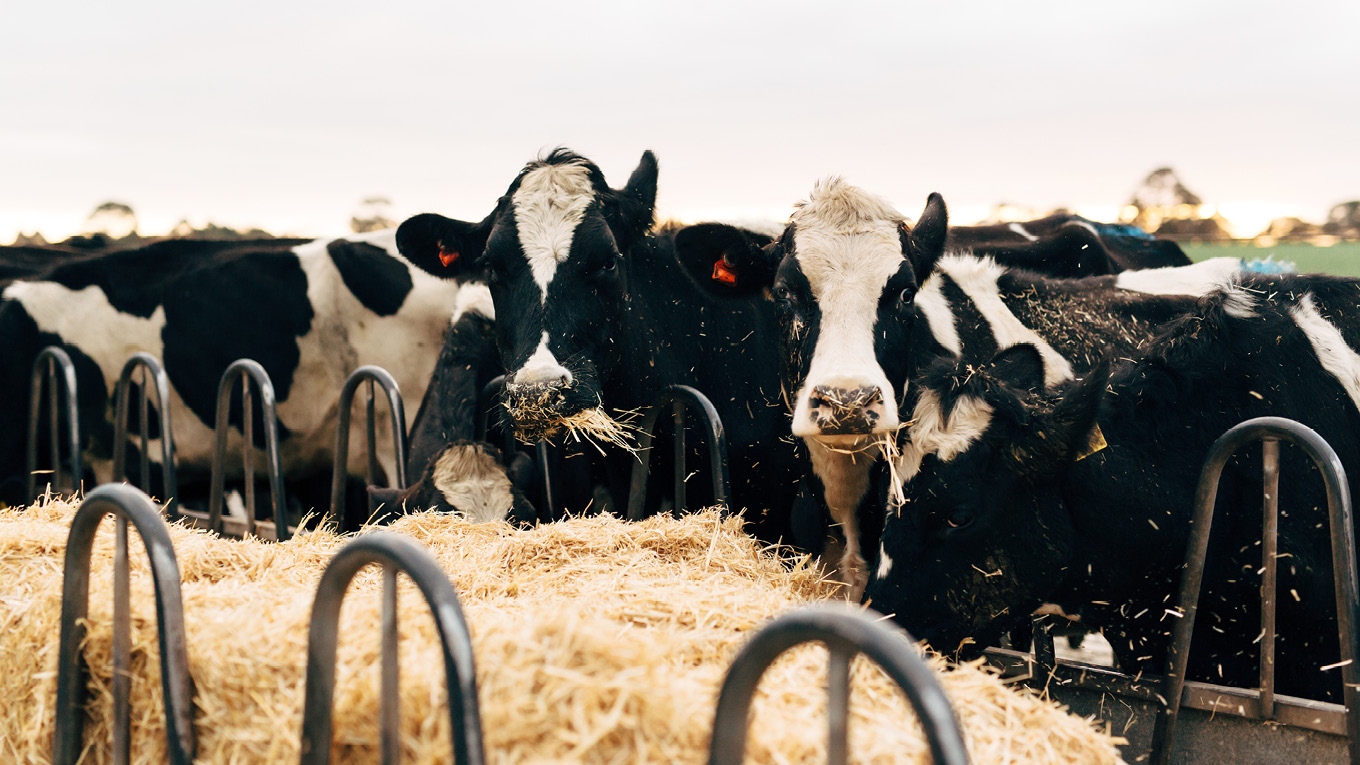Grazing & Conserving Cereal Crops
Winter cereals can fill the early autumn feed gap that exists in perennial ryegrass-based systems. Winter cereals are able to produce more feed over winter than most perennial pastures.
Winter cereals can also combine with summer crops as part of a double-crop rotation in a paddock renovation program. Low-rainfall dairy farming regions with average annual rainfall of between 450 millimetres and 600mm have been identified as areas where there is high potential for winter cereals, as perennial ryegrass is not as persistent. Winter cereals may also be grown effectively on run-off or lease blocks then harvested and used on the milking platform.
Strengths
Winter cereals can provide feed earlier than annual ryegrass (in early autumn) because they are generally more adaptable to early sowing due to higher tolerance of dry conditions.
Cereals are also better suited to single-cut silage making, whereas annual ryegrass requires multiple cuts or grazing to be fully utilised.
Weaknesses
The nutritional value of winter cereals at tillering stage is similar to ryegrass, but declines during the later stages of growth. Maximum yields of cereals can only be obtained by single-cut silage making, with or without being grazed once during the early stages.
Compared to fully grazed annual ryegrass, the losses from harvest to feeding out cereal silage can considerably increase the cost per kilogram of feed consumed by the cows, particularly for whole crop silage cut at the late milk-soft dough stage.
More information
The Winter cereals for silage (PDF, 1.5 MB) document outlines the advantages and disadvantages of winter cereals over annual ryegrass. Other topics include how winter cereals fit into the feed plan, sowing mixes and silage making tips.


